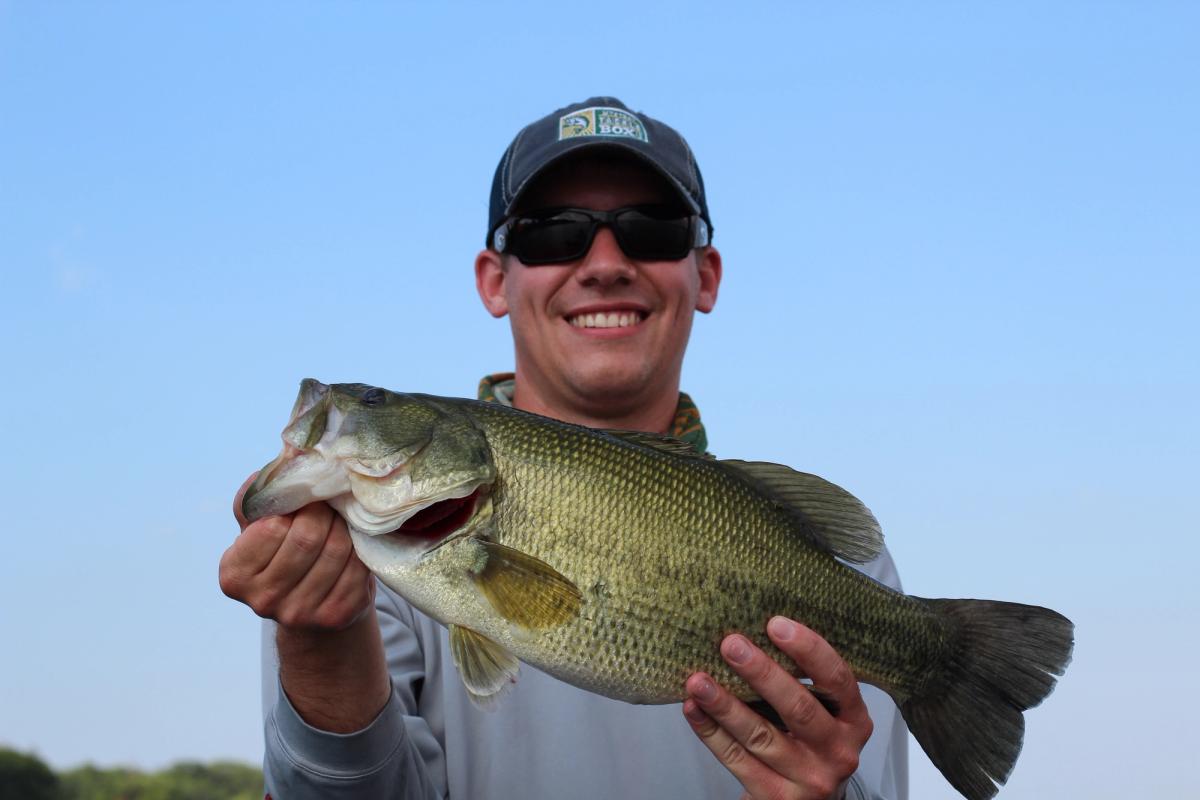How to Find Fish Without Using Electronics
Take a seat in a top touring pro’s boat these days and there’s a good chance you’ll feel more like you’re piloting a spaceship than a fishing boat. Having one or (more commonly) two big screen graphs is the norm, and there are a lot of anglers that won’t even fish a spot unless they see bass on their locators first.Get among a group of sonar scientists and the common refrain is “I don’t know how I caught fish without it…” referring to whatever latest and greatest electronic gizmo they just installed in their rig.Well, I’m here to remind you that we did in fact catch fish before our consoles looked like the bridge of the Starship Enterprise… We caught fish and we won tournaments, and we even had a darn good time doing it – all while appreciating the whole outdoorsy experience. We just had to rely on a few things that we are all blessed to be born with. Things like intuition, observation, and experience. So, if you’re a traditionalist, shore fishermen, angler on a budget, or just sick of “watching TV” instead of fishing – this one’s for you. We take the mystery out of finding fish without electronics.
Use your noggin
The first step to finding fish without electronics is to understand what the fish are doing, big picture – and that doesn’t require firing up anything but your brain housing group. Think about the time of year; think about the type of water you’re fishing, the recent weather patterns, and what the bass (or other species) may be doing. Example: You’re planning on fishing a deep, clear lake in the mid-south in a popular tourist area, where summer is already in full swing and the weather’s been stable. Summer in the mid-south means hot water, and since the lake’s a tourist destination - there’s bound to be lots of boat docks. A good game plan may be to hit the water early (to beat the recreational traffic) and target boat docks on and adjacent to deeper points. In the clear water, bass will use the docks for shade and as ambush points, and the ones on points will be more apt to hold bass that are moving from one part of the lake to another.
Use your peepers
Another piece of equipment you’ve already got that doesn’t require an Ethernet cable is your eyes. They provide you all sorts of data everyday (like preventing you from running into stuff), and they can be equally useful in helping you catch more fish. Paying close attention to the things you see while on the water is a great way to up your odds of success. If you see shad flipping in the distance, it’s a good bet something’s got them agitated. If you see birds suddenly swarming over the water that’s a good sign that there’s some schooling activity going on and you should motor over and check it out. If you see a bunch of 3-4 inch bluegill swimming around it may be a good idea to switch to a presentation that imitates them. Look around, learn, and adjust.
Be proactive
By following a game plan and paying attention to the things you see while implementing your game plan, you’re probably going to catch fish, but what happens if you did all that and you’re still hauling water?
Change it up
Don’t be afraid to completely bail on what you have been doing if it’s not working out. Because you don’t have electronics telling you whether there are fish present, you should be able to guiltlessly switch to something else. Using the above example, what happens if you’ve fished a bunch of main lake points and docks but haven’t caught anything? Switch it up, run way up one of the rivers until you can’t run anymore and fish a frog and spinnerbait around willow bushes, or get in the way backs of creeks and grind a square bill through stumps… Whatever you’re doing, don’t be afraid to change it up if it’s not working.
Updated August 17th, 2015 at 10:07 AM CT


